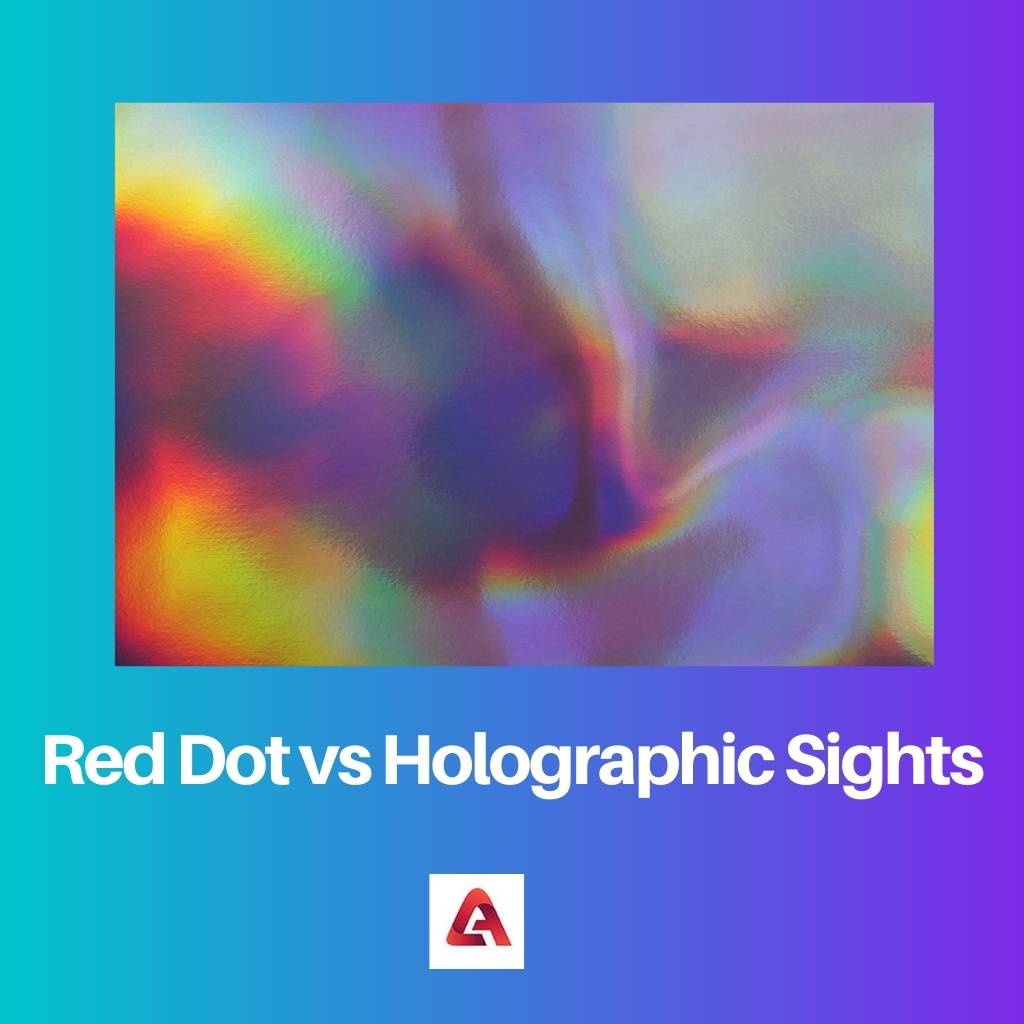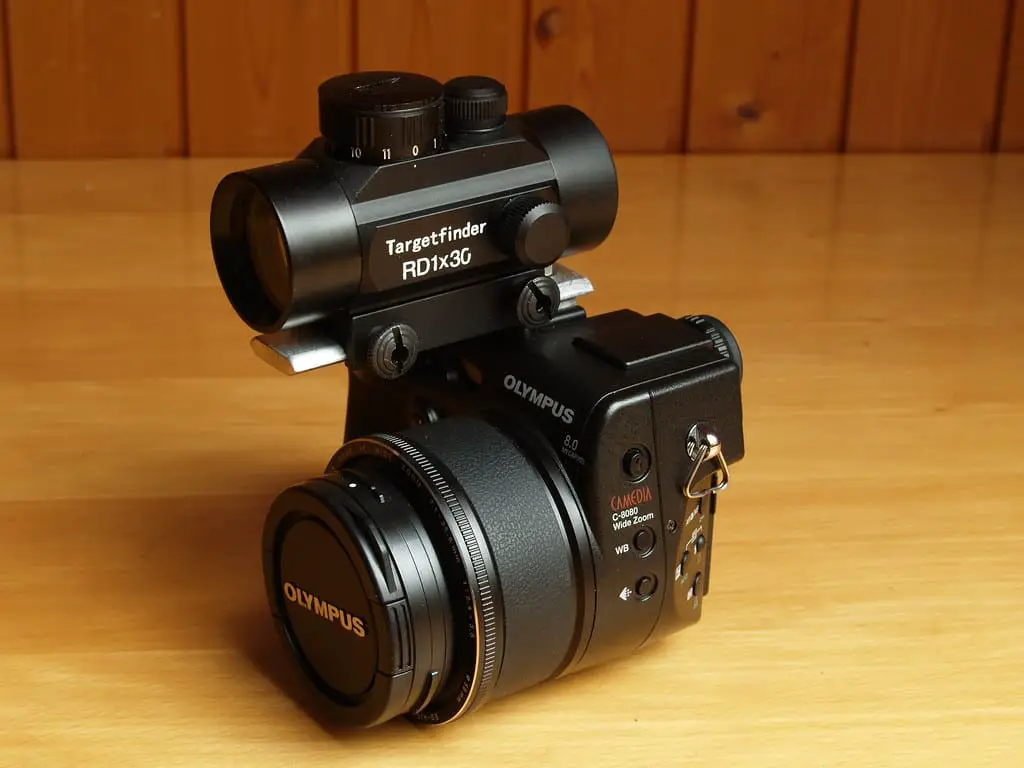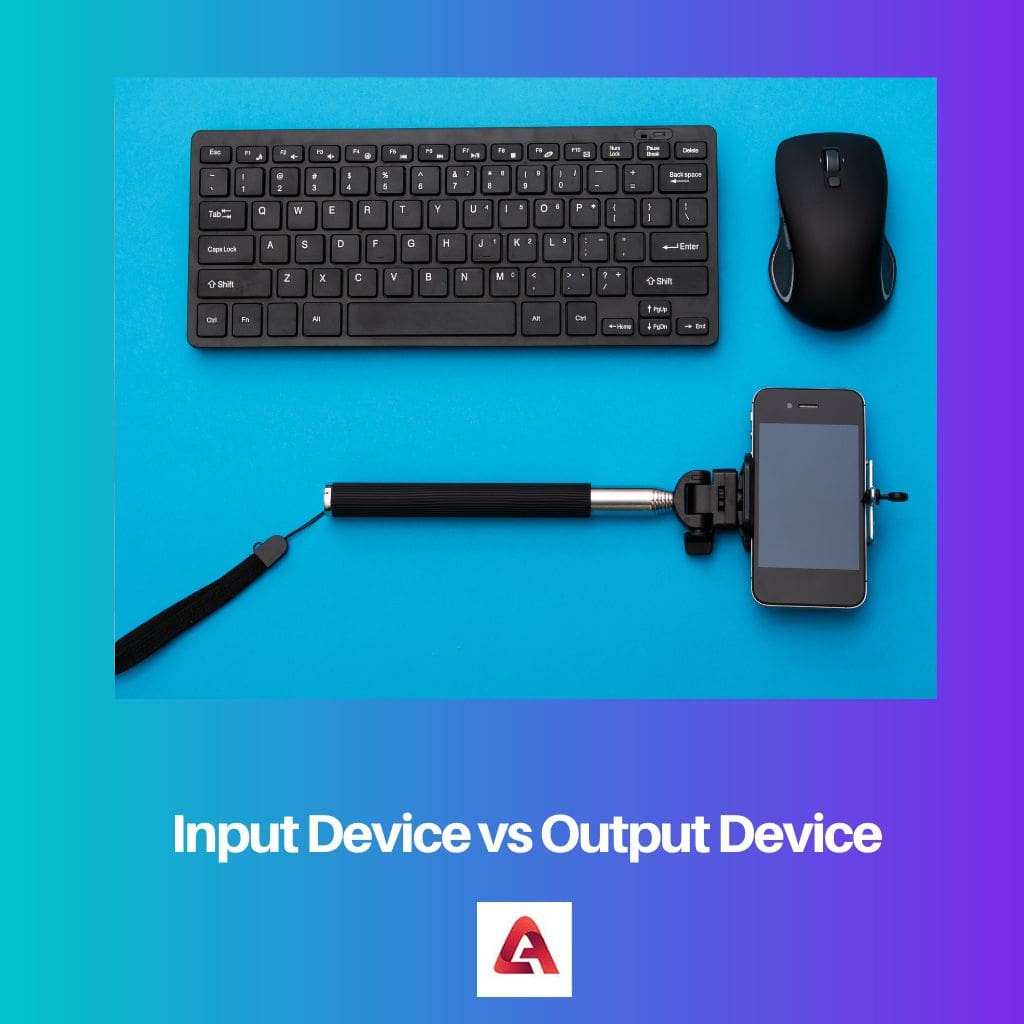Just about any sight that has a red dot and perhaps another lighted electronic targeting reticule can be classified as a red dot sight.
Although there are many different categories of red dot sights, it’s a wide world that encompasses them all. Red dot sights come in two varieties: prism sights and reflex sights.
The holographic sight, on the other hand, is one of the newest and most sophisticated forms of red dot sight.
In comparison to standard red dot sights, which have been available for a long time, holographic sights offer a new level of technology.
However, holographic sights are not really the optimum sort of red dot view for each and every scenario.
Key Takeaways
- Red dot sights use LED technology to project a single dot on a lens, while holographic sights use laser technology to create a reticle.
- Red dot sights have simpler reticles and are more affordable, while holographic sights have more complex reticles and are more expensive.
- Red dot sights are better suited for close-range shooting, while holographic sights are better for longer distances and faster target acquisition.
Red Dot vs Holographic Sights
The difference between Red Dot and Holographic Sights is that the low-power LED generates the reticule in a red dot or reflex sight, but a holographic sight employs a higher powerful laser that bounces around to form the holographic picture of the reticule. Your best-seeing systems enabling quick target acquisition are holographic and red dot sights. However, its technological setups, as well as methods of operation, are vastly different.

The most significant effect of such a change seems to be the sight’s battery life. Because a holographic sight consumes more power than a red dot sight, this should naturally perish sooner.
But if you’re not going to use your sight for a while, it is a good idea to switch it off again to avoid depleting the battery.
The most significant effect of such a change seems to be the sight’s battery life. Because a holographic sight consumes more power than a red dot sight, this should naturally perish sooner.
But if you’re not going to use your sight for a while, it is a good idea to switch it off again to avoid depleting the battery.
Comparison Table
| Parameters of Comparison | Red Dot | Holographic Sights |
|---|---|---|
| Usage | Its sight utilizes a LED (light-emitting diode) emitter | It uses a laser and mirrors to project |
| Image | It covers the image | It surrounds the aim |
| Battery longevity | It reaches 50000 hours | It reaches to 500 to 1000hours |
| Power | It consumes less power | It consumes high power |
| Size | They are smaller | They are very bigger |
What is Red Dot?
The certain form of optic which employs a red dot or other comparable lighted reticule is referred to as a red dot sight.
Prism sights, reflex sights, and holographic sights are the three primary forms of red dot sights.
The remainder of this part will discuss reflex and prism sights in comparison to holographic sights, which will be discussed here.
Red dot sights, both reflex and prism, may be quite tiny and light. Many of them seem to be even tiny enough to fit on pistols.
These could also be quite affordable, with some of the costliest versions costing scarcely more than the cheapest holographic sights.
Because reflection red dot sights depend on the front lens that reflects the target reticule towards the shooter, the sight will stop working if the lens is broken. This holds for a wide range of sight.
The holographic sight, on the other hand, is immune to this defect.
Finally, red dot sights are indeed the best option for people on a budget, as well as those looking again for the world’s thinnest sights with both the greatest battery life.

What are Holographic Sights?
A holographic sight is a form of red dot sight that projects a holographic reticule using lasers and a network of mirrors. Only two firms produce these sights: EOTech and Vortex.
Even though they are a form of a red dot sight, holographic sights have several benefits over other red dot sights.
If you’re using a holographic sight and gazing down the field, the reticule should stay in focus.
When you use alternative red dot sights, their reticule will become fuzzy and unfocused, rendering it significantly more difficult to reactivate your target.
Because faster targeting is a plus, holographic sights have a huge advantage here.
A holographic sight will function even if the front lens is damaged or shattered. A holographic sight becomes considerably more practical in real-world settings as a result of this.
A further wonderful benefit was that most of the higher-end holographic sights could even range your target for you, allowing you to focus on other things.
Obviously, none of the above is inexpensive. Where even the upper end of the red dot pricing range stops, entry-level holographic sights begin. When you desire everything,

Main Differences Between Red Dot and Holographic Sights
- A red dot sight generates a reticule using an LED, whereas a holographic sight generates a holographic reticule by bouncing a laser.
2. When compared to red dot sights, holographic sights use more electricity.
3. When compared to red dot sights, holographic sights are more resistant to parallax mistakes.
4. In comparison to red dot sights, holographic sights are somewhat larger.
5. When compared to red dot sights, holographic sights have a poorer temperature tolerance.







